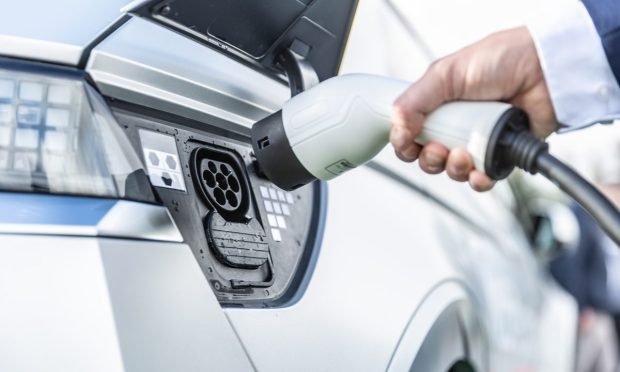How the Switch to EVs Is Changing Driving and Payments

As the era of the combustion engine winds down, its payment logic appears increasingly outdated. In its place, electrification is ushering in alternative models for the way people pay to drive.
The most noteworthy change is that paying to recharge vehicles with cash, while not impossible, makes little sense in the modern cities that are pioneering the transition to electric cars.
Instead, whether drivers choose to charge their electric vehicles (EVs) at home or to plug into one of the growing numbers of public charging points, payment is more likely to be made by card or mobile wallet at the point of sale, or by automatic billing.
For home charging, EV owners pay via their household energy contract. As such, EVs don’t function that differently from a lamp or kitchen appliance in the sense that the longer they are plugged in, the more it costs.
However, because they tend to require more electricity than the average lamp, and can take as long as 40 hours to charge without a dedicated fast charging station, charging overnight has convenience and cost-saving advantages.
Optimizing Home Charging
In recent years, a range of solutions has been developed to help charge EVs in the most efficient way possible, including home energy management systems (HEMS) that optimize power usage.
As EVs grow in popularity across Europe, the emergence of startups developing energy management platforms has been one of the biggest GreenTech trends of recent years.
In such systems, a hardware unit connects to a house’s electrical switchboard and is responsible for distributing power within the house. Meanwhile, software constantly monitors where electricity is being used and regulates power sources and outlets.
Because EV charging stations use so much energy, integrating them into a HEMS can dramatically cut their impact on electricity bills through intelligent load management, that is transferring more power to the unit when demand is low, and less when demand is high.
As a result, European businesses like Helsinki-based Synergi and Barcelona’s Dexma are helping to pioneer the concept of “smart charging.” Unlike filling up with gas, smart charging introduces the idea that how and when drivers choose to refuel can have a major impact on how much they ultimately pay-per-mile on the road.
In the world of electric road transport, pay-per-mile is emerging as an alternative to the pay-per-unit of fuel model that has predominated under the fossil fuel system thanks to a wave of new EV subscription services that bundle together rental, charging and insurance costs.
Companies like U.K.-based startup Onto, which last month secured a $124 million credit facility to grow its fleet of EVs, bundle together rental, charging and insurance costs into a single monthly subscription.
And thanks to relationships it has forged with Tesla, Shell and other public charger operators, Onto allows its subscribers to access over 11,000 charging stations across the country for free, given that the price is included in their subscription up to a monthly mileage limit. If users require additional mileage, they can buy it as an add-on.
The Evolution of Charging Infrastructure
As widespread public charging infrastructure is being rolled out the world over, its connected payment technology is evolving.
Initially, each operator developed its own mobile app to facilitate payment, but this has led to unnecessary complexity, with EV drivers having to download and manage different apps for each operator.
To solve this problem, European legislators have moved to ensure operators install card payment terminals at their stations.
Leading the way, the U.K. government made it a requirement in 2020 that any new charging point be equipped with a card reader. More recently, PYMNTS reported that the European Union is considering its own card reader mandate, and may even go one step further by obliging operators to retrofit existing chargers to create universal car acceptance.
At the same time, British company Zap-Pay is taking on the challenge of app fragmentation from a different angle. Using Zap-Pay, EV drivers can find and pay to use charging points from any of the seven connected networks via a single app.
This reduces the complexity of having multiple apps while retaining the benefits of app-based payment that point-of-sale (POS) card payments lack. For example, paying via an app can result in cheaper prices per kilowatt-hour and enables consumers to receive live updates on their vehicle’s charging status.
Ultimately, how payments will evolve in the age of electrification is still an open question, but looming deadlines for the banning of new combustion-engine vehicles in Europe mean the next decade will be decisive.
For all PYMNTS EMEA coverage, subscribe to the daily EMEA Newsletter.
